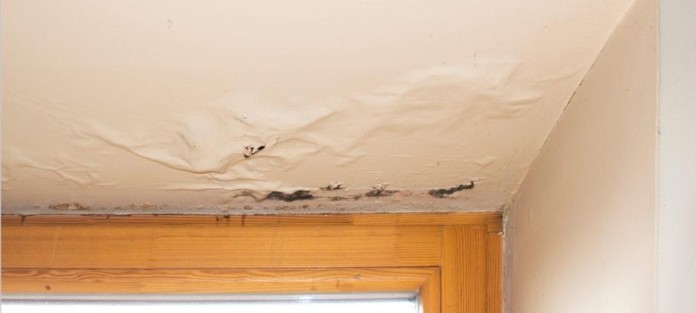Homeowners experience leaks one way or another. In most cases, these leaks happen at places where you can easily find them, like under the kitchen sink. However, there are times that the problem occurs hidden in plain sight.
If you suspect that there’s a leak in your home but you simply just can’t put a finger on it, then this article is for you. Today, we look at some of the ways you can detect a water leak at home.
Different ways to check for leaks
One reason to raise questions if you have a leak in your home is if you have increasing water bills, especially if your usage remains the same. It’s very uncommon for water prices to spike. So unless you receive a formal notification from your local water company about price hikes, an unexplained increase in your water bills could mean that there’s a leak hiding somewhere.
Check visible pipes in your house if there are breaks where water may escape, this is where you need to know how to find a water leak inside a wall. If the damage to the exposed pipes is not serious, you can opt to take a DIY approach to fix it. Otherwise, call a leak detector.
If you still feel that you have a leak in your home despite your growing water bill, you can check your water meter to confirm a leak. It’s one of the most common leak detection techniques used by plumbers to check for leaks.
Make sure to turn off all the water outlets before checking your meter. These outlets include those in your dishwasher and on your washing machine on top of the faucets and valves that you use every day. Also, make sure that these outlets are not damaged as water can escape from broken stopcocks and spigots.
When they have been shut off, go to your water meter. If the meter is running after you’ve closed all the outlets, there’s a chance that water is escaping from a break in your plumbing.
If you have reason to believe that the leak is in your toilet, you can use dye or food colouring to check where the leak is. It is a tested leak detector and can help you confirm if your suspicions are correct.
According to most plumber Dandenong professionals, the toilet is one of the most common places where water leak at home occurs. Your toilet has a flapper, a rubber that stops water from entering the bowl until you flush the toilet. Over time, these rubber stoppers wear off and when brittle, small particles of the rubber material fall off and get flushed in the water. When this happens, it no longer can stop the water entirely, causing it to trickle down the bowl from the tank.
Simply put the colouring agent in the tank and check if coloured water will fall into the bowl. If it does, then you’ve found the leak.
When you have a leak somewhere in your home, you’re sure to find wet spots or damp areas as the water will make its way from the pipes onto the surface. Water can penetrate wood and concrete and will leave wet areas that you can easily spot. Use this method if you want to know how to find a water leak inside a wall.
In some cases, molds may appear in the exact spot—or somewhere near the hidden leak—as they thrive in wet and damp areas. Molds are often accompanied by a musty odour, so make sure to look out for any of these signs. These are the same signals that plumbers look for when they are called for leak detection.
The advantages of calling a pro
If you are having a hard time identifying the water leak at home, you can always contact professional water leak detection Melbourne companies. They are equipped with modern leak detection tools and are backed by years of experience in fixing various kinds of plumbing systems.
Some use acoustic methods to detect where the leak is while others trust their thermal scanners. Either way, these tools give plumbing professionals a good look at how to find a water leak inside a wall.
Their methods make for a non-destructive means of fixing hidden leaks.
Another important reason to seek the help of professional leak detectors is because the fix they provide their customers is often long-term instead of temporary. What this means for you is that you save your property from damage while you save your wallet from (avoidable) costly repairs.




